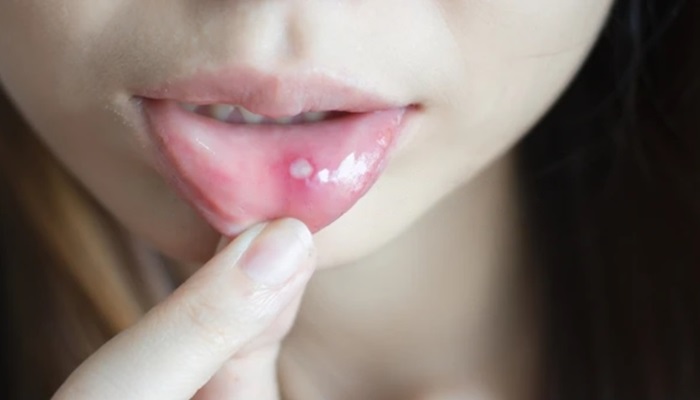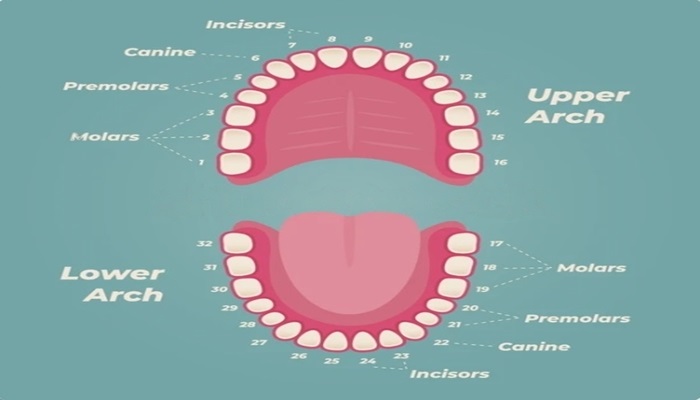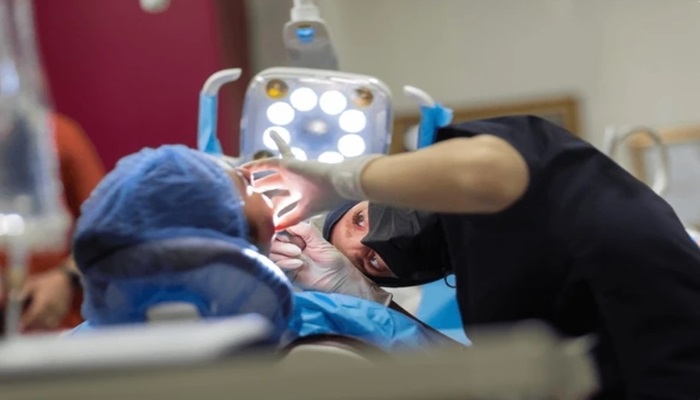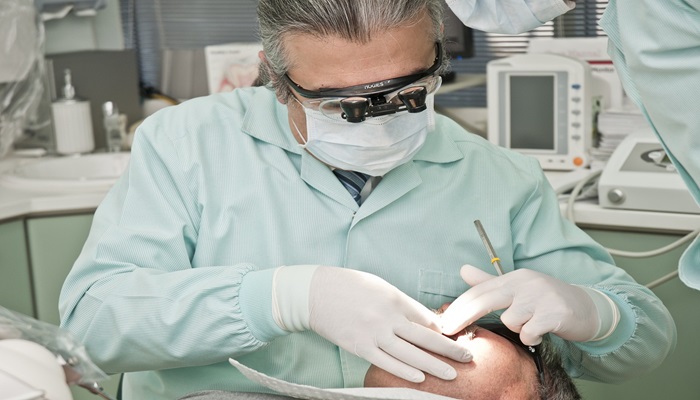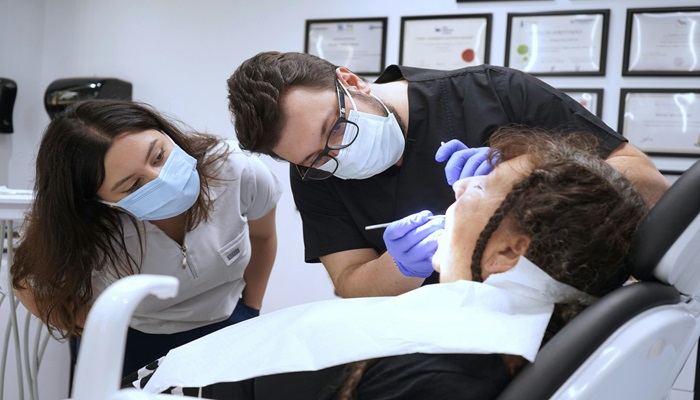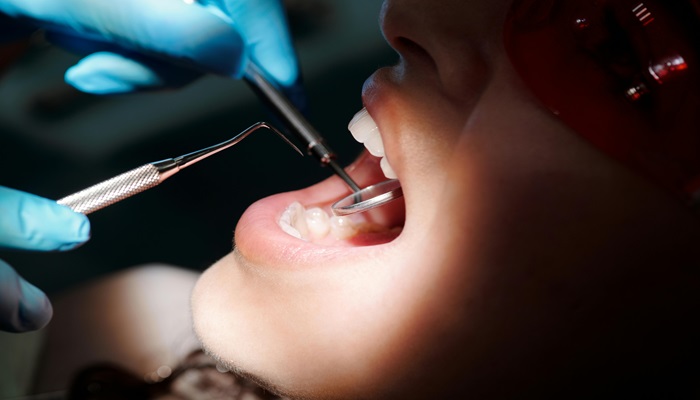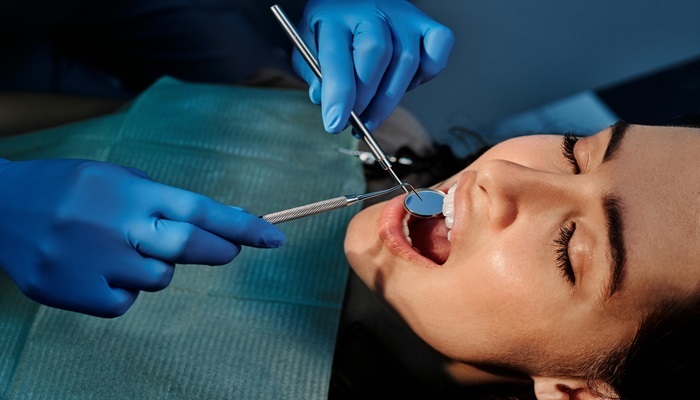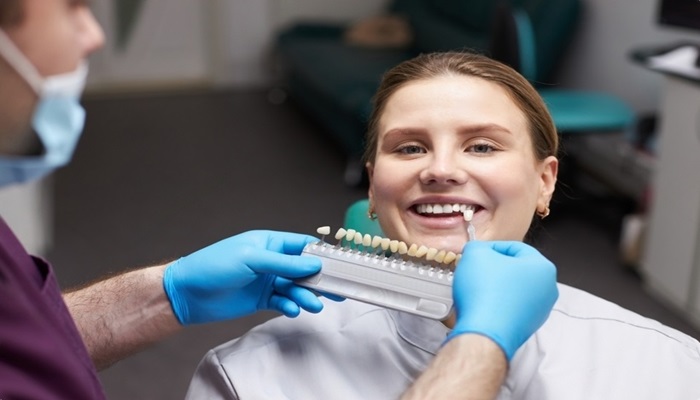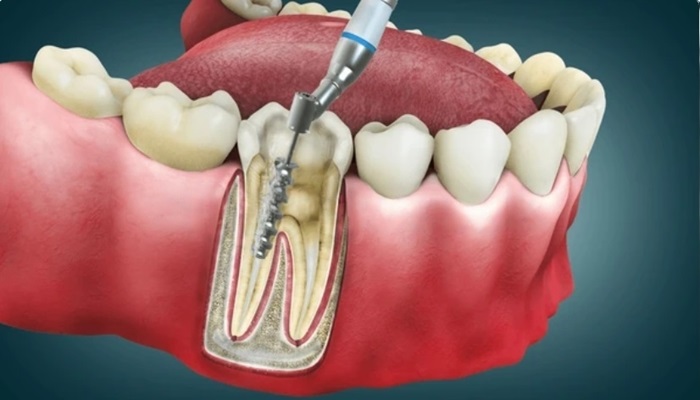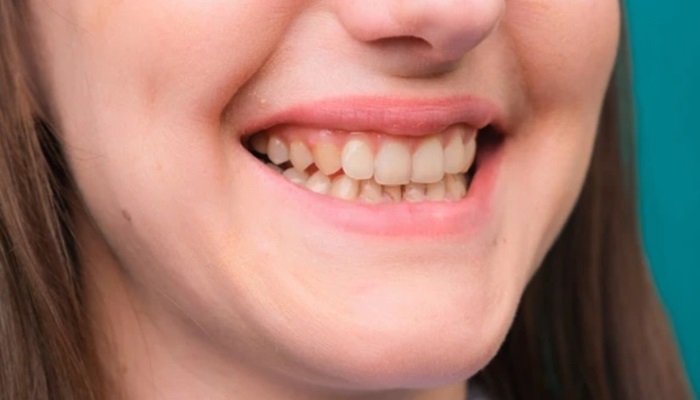The arrival of baby teeth coming in is a significant milestone in your child’s development. The emergence of central incisors and upper teeth can be both exciting and challenging for parents as they navigate the various symptoms and changes in their baby.
Best Smart Rechargeable Electric Power Toothbrush
Teething can cause a range of signs, from
drooling and
to fluctuating body temperatures.
Understanding these signs and knowing what to expect, such as the transition from milk teeth to permanent teeth or the impact on solid foods introduction, can help make this process smoother for both you and your little one.
Check out Papablic 100-Pack Baby Tongue Cleaner and Baby Toothbrush
Comforting your baby with a wet washcloth and recognizing that teething experiences can vary greatly from child to child will aid in managing this important developmental stage.
Common Signs of Teething
When you notice your baby teeth coming in, you’ll likely see a range of symptoms. Common signs include drooling, chewing on objects, irritability, and swollen gums. Some babies might also experience bad tooth decay or baby bad teeth if not cared for properly.
Recognizing these signs early can help you prepare and provide comfort to your baby during this uncomfortable phase. Additionally, watch out for your
coming in or their
as these are usually the first to appear. Babies first teeth coming in can be a challenging time, but being aware of these signs can make it easier.
The Teething Timeline When to Expect the First Tooth
The timeline for baby teeth coming in varies, but most babies get their first tooth between 4 to 7 months of age. Typically, the lower front teeth are the first to appear, followed by the upper front teeth. By the time your child is three years old, they will likely have a full set of 20 primary teeth.
Baby smile crawling crab baby toy
Baby canine teeth coming in first is common, but sometimes baby canines before front teeth can be seen. Keeping track of baby first teeth age and baby first tooth age can help you anticipate when to expect each new tooth and plan accordingly. Be prepared for baby front teeth coming in around six to ten months. Baby getting canine teeth first may also happen.
How Teething Affects Your Baby’s Mood and Behavior
The process of baby teeth coming in can significantly impact your baby’s mood and behavior. Many babies become fussier and have trouble sleeping due to the discomfort and pain associated with teething. They may also refuse food or breastfeed more frequently for comfort. Some babies experience unique patterns, such as baby getting vampire teeth first or baby lateral incisors before front teeth.
It’s essential to recognize these variations along with the arrival of baby molars and baby molars coming in. Understanding these behavioral changes can help you offer the necessary support and patience as your baby navigates this challenging period, especially if they have baby rotten teeth.
Papablic Toddler Sonic Electric Toothbrush
Effective Ways to Soothe Teething Pain
When dealing with baby teeth coming in, there are several effective ways to soothe your baby’s teething pain. Providing a
can offer relief. Gently massaging your baby’s gums with a clean finger can also help.
Over-the-counter
should be used sparingly and only under a pediatrician’s guidance. If you notice baby teeth coming in out of order or your baby experiencing baby teeth decay, these methods can help ease the discomfort. In cases where baby teeth not coming in as expected or baby teeth out of order are observed, consulting with a pediatric dentist is recommended. Keeping track of baby teeth order and understanding baby teething order can make the teething process more manageable.
Caring for Your Baby’s New Teeth Best Practices
As you notice baby teeth coming in, it’s essential to start practicing good oral hygiene early. Begin by wiping your baby’s gums with a clean, damp cloth after feedings.
Once the teeth emerge, use a soft-bristled toothbrush and a small amount of fluoride toothpaste to clean them twice a day.
Regular dental check-ups starting around
can ensure their teeth stay healthy and strong. Establishing these habits early on sets the foundation for good oral health. Be mindful of baby tooth coming in patterns, and address baby tooth decay promptly. Effective baby tooth decay treatment includes fluoride applications and proper dental care. As your baby grows, you might see baby top teeth coming in or baby top teeth coming in first. Ensuring baby’s teeth coming in are well-cared for helps prevent issues like baby’s teeth coming in wrong order.
Conclusion
Watching your baby teeth coming in is a wonderful journey filled with milestones and learning experiences. By understanding the symptoms of teething, the teething timeline, and ways to soothe teething pain, you can better support your baby through this phase.
Common symptoms include a low-grade fever, irritability, and even the possibility of an ear infection. Comforting your baby with cold foods or homeopathic teething tablets can ease discomfort. Remember to maintain good oral hygiene practices from the start, ensuring your child’s pearly whites remain healthy as they grow. With patience and care, you can help your baby navigate the teething period with ease and comfort, recognizing that teething symptoms and the emergence of pointy teeth are all part of this natural process.
At Grove Dental Clinic in Falls Church, VA, we’re dedicated to helping our patients achieve optimal oral health year-round.
Schedule your expert consultation at Grove Dental Clinic in Falls Church, VA today! Call (703) 578-0000 to book your appointment now!



